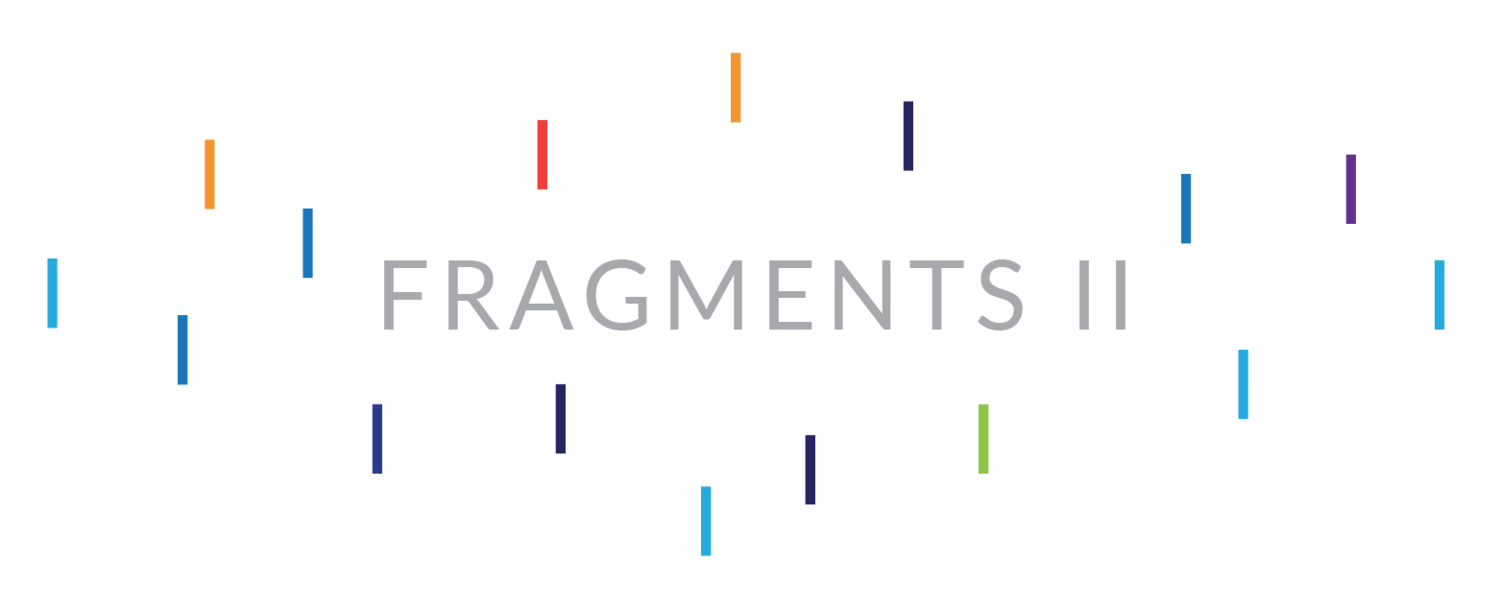The Story of Covid-19 and the Myth of Doing the Right Thing
As we look back at the end of another school year, there can be no doubt that the storm that was the Covid-19 pandemic is now less intense than it was. Some of us may even be looking forward to next year with a real sense of optimism and hope.
But what exactly is the Story of the pandemic? In the years that follow, how will we meaningfully speak about - in words that carry sufficient weight and substance - everything that we have just experienced? How will we organize so many chaotic, disruptive moments into a tale that has a beginning, middle, and end?
Hindsight and the benefit of the passing time will no doubt come to our aid, in this respect. But it is already interesting, perhaps, to overlay an interpretive frame over the past 537 days.
Back in April 2020, George Colony, CEO of Forrester Research, predicted with remarkable accuracy that this would be a play in four distinct acts: Infection, Social Distancing, Management, and Eradication. More than a year later, we can fill in some of the gaps and it still appears to be the case that Colony’s story “rings true”, even if we haven’t quite got to the closing lines of act four.
Infection: The slow dawn that this virus was going to disrupt our lives. Every day, it got a little closer, and then it hit our community too.
Social Distancing: The first wave, for most of us, meant that we entered an abrupt and novel form of “lockdown”. We kept our distance from one another and, schools that could, transitioned to online learning.
Management: We slowly emerged from our cocoons, aided by a myriad of new rules and protocols, each one designed to help us return to “normal” life as best we could. Students returned to campus and schools became quite adept at transitioning between virtual and on-campus environments.
Eradication: A vaccine was found and, alongside its roll-out among the population, there was a steady relaxing of measures.
What is particularly striking about this proposed storyboard are Colony’s remarks about the importance of the “Management” phase:
While Phase Two will be psychologically challenging due to the continued growth of infections, the real game will be played in Phase Three. Restarting the economy and resuming commerce will depend on the rigor of governmental management and the willingness of individuals to abide by rules and protocols to control the virus. If Phase Three is mismanaged by companies, states, and the federal government, we will not drop back to Phase Two — we will loop back to Phase One and start the process from the beginning.
The collective responsibility of “managing” this crisis has undoubtedly been one of the most demanding aspects of the past 537 days. Every day, we have been charged with making the right choices and finding the right words to guide and support our communities along a previously unchartered path. Most days, we were struck by the reality that pandemics cannot actually be managed, any more than the destructive force of a tsunami be tamed.
So when this story is finally written, we might be tempted to beat ourselves up over the fact that we didn’t always do the right thing. We hesitated. We went down paths that turned out to be cul-de-sacs. We communicated too soon or too late.
But then, it might be worth considering the words of Oxford Professor of Medical Ethics, Dominic Wilkinson, who reminds us that, in complex moments in time, it is rarely a case of doing the “right” or “wrong” thing. It is simply that we make decisions and act on what it seems reasonable to do at a particular moment in time, based on what we know at the time.
That doesn’t mean, of course, that we didn’t sometimes make choices that will ultimately be judged as “wrong” or misguided. Maybe, though, it allows us collectively to look back on the story of the past 537 days - even in these closing moments of act 4 - with a sense of pride and satisfaction in the knowledge that we never once wavered in our commitment to prioritizing the safety of those around us and managed to provide continuous and meaningful learning experiences for every one of our students.
That’s a story that will be worth remembering in the history of each of our schools.
Photo by Kelly Sikkema on Unsplash




